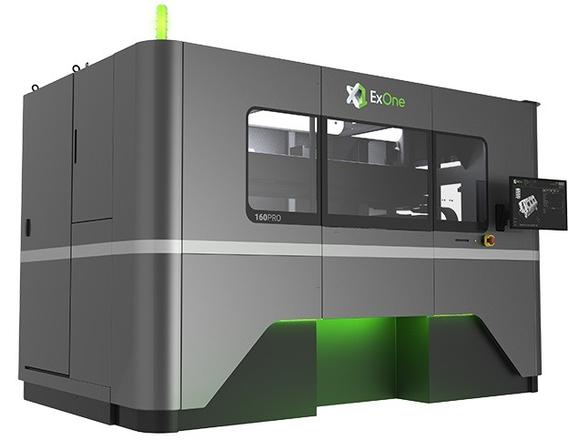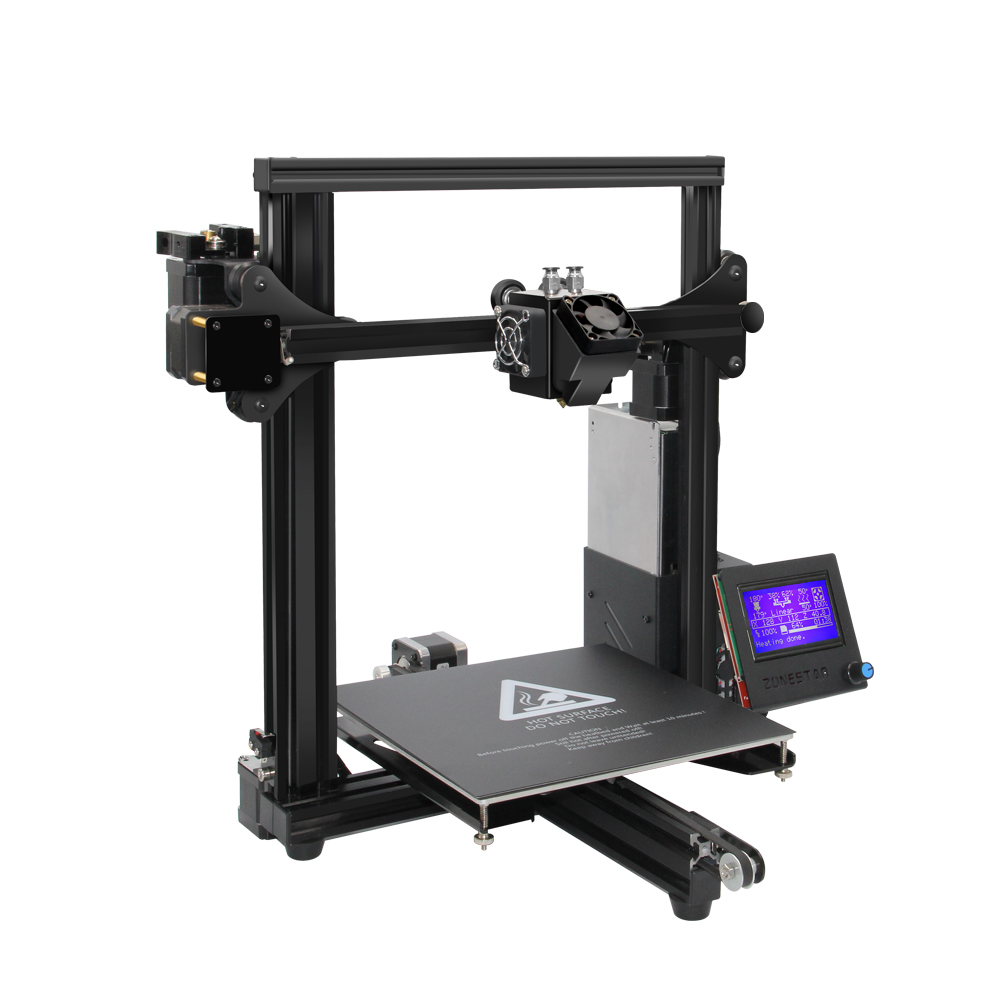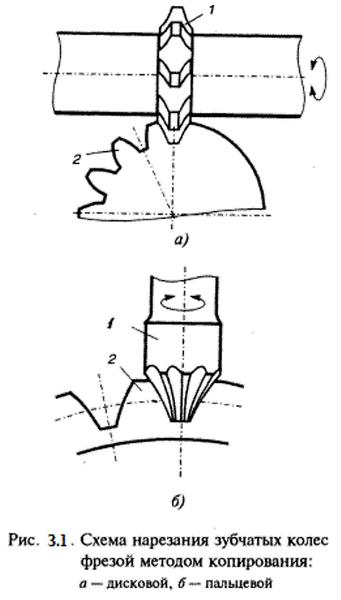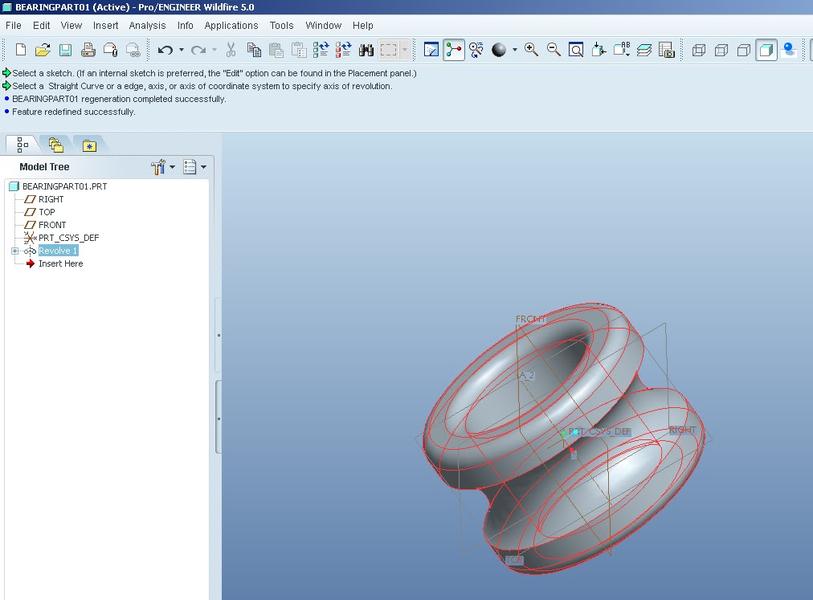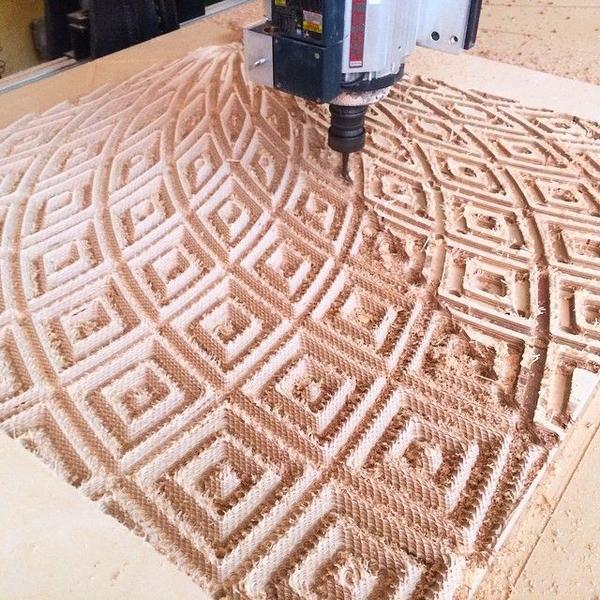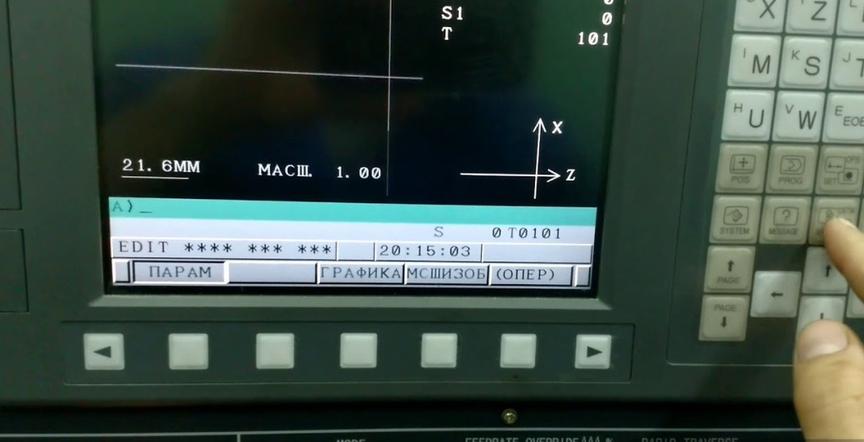The technology of 3D printing using Binder Jetting - an overview of the method, its advantages, and possible application areas.
In this material, we will talk about the additive technology Binder Jetting - layer-by-layer bonding of powdered materials with a binding substance. We will consider the principles on which printing is carried out in Binder Jetting devices. We will also highlight the advantages of this method of manufacturing 3D products and talk about its possibilities and areas of application.
Contents:
- Binder Jetting - essence of the technology and how it works
- Working with metal powders
- Features of printing with sand and other materials
- Types of materials for printing with BJ technology
- Advantages and disadvantages of the technology
- 3D devices based on Binder Jetting method
- Summary
Binder Jetting - essence of the technology and how it works
Binder Jetting (BJ) is a method of 3D printing where powdered materials are used, connected by a special binding component. Many types of powders can be used, such as ceramics, polymers, or metals.
Binder Jetting is a development of MIT's technological institute. It emerged in 1993 and was later acquired by Z Corporation, then the rights were transferred to 3D Systems.
The technology operates with a variety of consumable materials - gypsum and metal powders, sand, as well as with ceramic and polymer materials.
One distinctive feature of the technology is the ability to obtain full-color models by simply adding a pigment to the binding component. It is also possible to add pigment not only to the surface of the product but also to any required depth, which allows obtaining well-painted models with color resistance to external influences.
Products obtained using the Binder Jetting method require additional processing, which varies depending on the type of raw material.
Working with metal powders
In additive metal printing using the Binder Jetting method, various types and compositions of metal powders are used, as well as a binding polymer component. This method allows for the production of models from metal that cannot be made by traditional methods. Complex internal elements of any shape and configuration can be manufactured using 3D printing. Different types of metals and non-metals are used, for example, stainless steel, copper, composite, titanium powders, inconel, tungsten carbide, and ceramics.
After the detail is manufactured, it is subjected to post-processing to give it the required strength characteristics. The model is placed in a furnace and held at a certain temperature. This way, through burning off the binding component and/or sintering the model, an item is obtained whose properties are not inferior to regular full-metal parts.
Sintering is carried out at a temperature constituting 97% of the melting temperature of the material used in the manufacturing of the part. During this process, the items undergo shrinking, but this is accounted for in advance during the design of the model.
Sometimes, post-processing is limited to only burning off the binding material, without sintering. This retains the original dimensions of the product, but its density decreases. The voids formed are later filled with bronze.
Features of sand printing and other materials
Binder Jetting technology is used to produce sand casting molds, which are used in the manufacture of cast metal parts. With ceramic and composite materials, a wide variety of products can be obtained, including souvenirs or decorative items, facilitated by the ability to create full-color models using BJ.
For the production of colored products, the printer uses two print heads: one for applying the binding component, and the other for adding pigment.
Subsequent sintering, using the same principle described earlier, helps to improve the mechanical strength of the part.
For the production of 3D products using the Binder Jetting method, a wide variety of raw materials can be used, including natural sand and synthetic silica.
Sand casting molds produced by the BJ method are characterized by high precision, and this method significantly reduces the time and cost of producing parts.
Types of materials for printing using the BJ technology
Various types of powders can be used for printing, and over time, the variety of materials is gradually increasing, as new types of consumable materials are developed. However, the most common types of powdered materials used in 3D printing by the BJ method are as follows.
Stainless steel
As previously mentioned, metal products shrink during sintering, and this change in size is taken into account in the model at the design stage. However, if these changes are considered during the design phase, stainless steel products obtained by this method can be used in any industry, as they are not inferior to those traditionally produced by casting or using other manufacturing technologies. The finished parts have high strength and excellent mechanical characteristics, are resistant to corrosion.
Items that are not subjected to sintering, where the binding component is burned off and the cavities are filled with bronze, also have high strength but slightly less due to the partially maintained porosity, which can reach 10%. These products can also be used in a variety of fields, including solving production tasks. The advantage of the burning process is the production of parts with more predictable and precise dimensions.
Silicon
Also known as silicon dioxide, or silica, is used in the production of 3D models with increased resistance to high temperatures. This type of powdered material is suitable for making sand casting molds - in this area, 3D printing with silicon allows for particularly effective results.
Making full-color models from gypsum and sandstone
Although products made from these materials do not withstand high mechanical loads and are quite fragile, they are widely used for demonstration purposes and in the production of decorative items. These models are an example of the possibilities of full-color 3D printing and can be used as visual materials for educational purposes. Gypsum and sandstone produce interesting decorative items, decor elements, as well as replicas of works of art or museum exhibits.
Inconel
3D printing with Inconel, belonging to the family of heat-resistant alloys, combined with subsequent sintering, allows for high-strength parts with excellent mechanical properties, resistant to high temperatures and aggressive (chemical) environments.
Tungsten Carbide
Products made of tungsten carbide obtained by the Binder Jetting method, after sintering, are characterized by high hardness, making it possible to manufacture cutting tool attachments using this method.
Advantages and disadvantages of the technology
Like any other 3D printing technology, the Binder Jetting method also has its advantages and disadvantages. Let's consider the main pros and cons of this method to get a more objective view of its capabilities.
BJ Advantages:
- Cheaper than other additive metal printing methods such as SLM, DMLS, or Material Jetting.
- Allows obtaining full-color products.
- Works well for manufacturing parts with complex configurations and internal shapes.
- Products do not deform during printing.
- High efficiency in the production of small and medium batches of products.
BJ Disadvantages:
- Models have higher porosity compared to materials created by DMLS or SLM, resulting in lower strength.
- Parts have increased fragility before the heat treatment stage.
- If the part will be sintered, the size difference due to shrinking needs to be accounted for during the design stage.
- Limited range of available materials - this method has fewer materials available compared to other 3D printing methods.
3D devices based on the Binder Jetting method
Let's consider several 3D printers based on the Binder Jetting technology.
Robotech R-2000
This large-scale, industrial-grade 3D printer manufactured by the Russian company "Robotech" is designed to meet the needs of large metallurgical production plants. It produces products at a speed of 6 to 20 mm/h with a minimum layer thickness of 200 um. The device features an extensive working area of 2000 x 1000 x 1000 mm, allowing for the production of large molds for casting large products. It is capable of printing 3D products with complex configurations. It offers the possibility of individual customization for specific orders, including limiting the printing area and reconfiguring the software.
Advantages:
- The manufacturing process is environmentally friendly and safe;
- The 3D printer is reliable;
- The manufacturing process is automated;
- Remote device control is possible;
- The remaining sand after model production can be reused;
- The ability to partially use the working area;
- Integration with ERP systems.
Disadvantages:
- If the part is planned to be sintered, the shrinkage percentage must be included in the model sizes at the design stage.
Robotech R-600
Another development by "Robotech," this industrial-grade, small printer is well-suited for small metallurgical companies, universities, research centers, and design offices. The printing area dimensions are 600 x 480 x 250 mm, allowing for the production of small and medium-sized casting molds. The minimum printing layer height is 200 um. The printing speed ranges from 6 to 20 mm/h, with the average mold production time not exceeding one day.
Advantages:
- Possibility of manufacturing 3D models with complex shapes;
- High-precision, fast printing;
- Possible reconfiguration of equipment and software for specific orders;
- Allows partial use of the building area;
- Allows reuse of the remaining sand after model production;
- Integration with ERP systems.
Disadvantages:
- Porosity and lower strength of the model compared to other 3D printing methods.
ExOne X1 160Pro
This 3D printer based on Binder Jetting technology is equipped with a large-volume working chamber. The patented ExOne Triple ACT system controls the dosing, distribution, and compaction of powdered materials, providing the best density and repeatability among similar devices. The device's capacity allows manufacturing models with dimensions of up to 800 x 500 x 400 mm, courtesy of the 160-liter working chamber.
Advantages:
- High precision and repeatability of products;
- Large working chamber;
- High operational speed;
- Possibility of remote device control.
Disadvantages:
- Lower density of products compared to other printing methods.
Summary
Binder Jetting is one of the most precise and cost-effective 3D printing technologies available today. Its application is particularly effective in the metallurgical field and in sand casting molds. The use of devices based on this technology will significantly improve the efficiency of production processes and increase a company's competitiveness.

